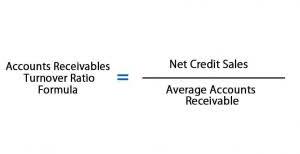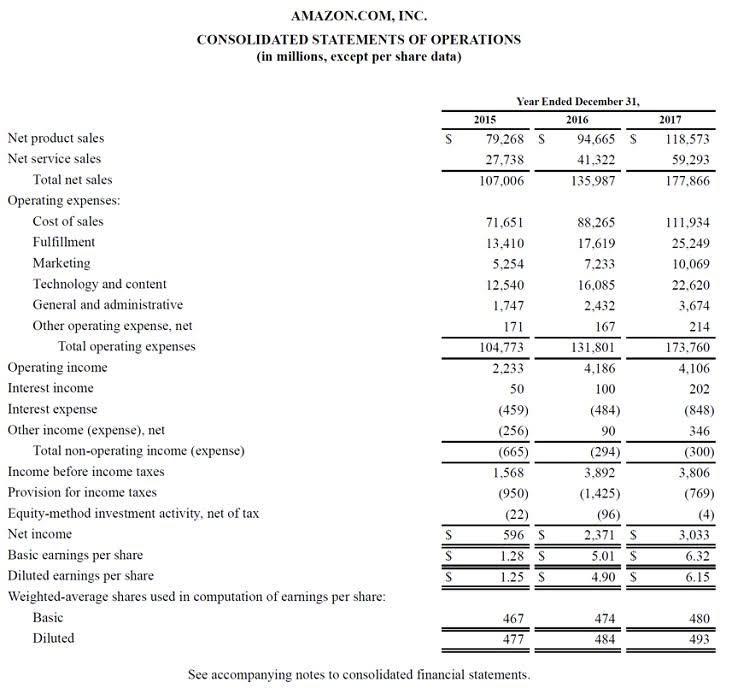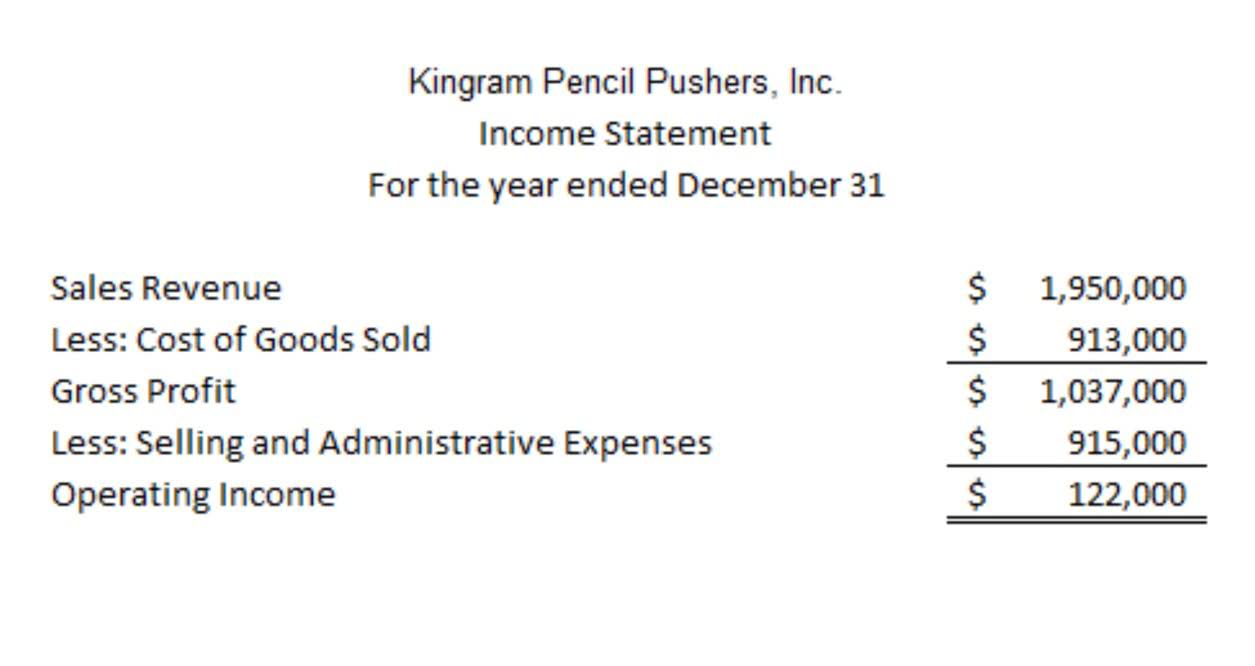Growing earnings are a good indication that a company is on the right path to providing a solid return for investors. Income, revenue, and earnings are probably the three most widely used concepts in accounting and finance. Although they are defined differently, they are frequently confused with one another. Earnings are the profit a company has earned for a period of time, usually a quarter or fiscal year. The earnings figure is listed as net income on the income statement.
Additionally, they may earn a side income from an investment portfolio of financial assets (e.g., stocks, bonds, etc.). Note that the tax regulations regarding income types may vary among tax jurisdictions. Accumulated earnings are the net profits of a corporation that are not given to shareholders https://www.forexbox.info/ as dividends. Investment income can be a source of income for companies as well as individual investors. A company’s income statement might have a line item that reads investment income or losses, which is where the company reports the portion of net income obtained through investments.
Earnings: Company Earnings Defined, With Example of Measurements
EPS is calculated by taking NI minus preferred dividends, cash distributions paid to the owners of a company’s preferred shares, and then dividing the number by average outstanding common shares. The resulting figure shows how much money a company makes for each share of its stock. In effect, it shows the amount of money a company has left over after deducting the explicit costs of running the business.
The operating expenses include the cost of goods sold, depreciation and amortization costs, SG&A, and other expenditures incurred by the company’s normal operation. The price-to-earnings ratio, calculated as share price divided by earnings per share, is used by investors and analysts to compare the relative values of companies in the same industry or sector. Earnings per share (EPS) is a commonly cited ratio used to show the company’s profitability on a per-share basis.
- The income statement, one of three financial statements used for reporting financial performance, lists all revenues, expenses, gains, and losses over a specific accounting period.
- Also, companies commonly report earnings per share (EPS), which indicates their earnings on a per-share basis.
- In relative valuation, the earnings of a company are often compared with its market values to identify whether the firm is fairly valued relative to its peers.
- Earnings typically refer to after-tax net income, sometimes known as the bottom line or a company’s profits.
When investors refer to a company’s earnings, they’re typically referring to net income or the profit for the period. Similarly, income is considered synonymous with net income or profit. Earnings typically refer to after-tax net income, sometimes known as the bottom line or a company’s profits. Earnings are the main determinant of a company’s share price because earnings and the circumstances relating to them can indicate whether the business will be profitable and successful in the long run. Higher recurring earnings usually indicate better financial performance and can positively impact stock prices.
Operating Profit
In the context of business operations, income is the amount of money a company retains internally after paying all expenses and taxes. Similar to revenue, net income appears on the company’s income https://www.forex-world.net/ statement. Due to this reason, net income can be frequently referred to as the bottom line. It is also commonly used in relative valuation measures such as the price-to-earnings ratio (P/E).
Retained earnings are the cumulative total of profit or net income that a company has put aside or saved for future use. Retained earnings is an important financial metric since it shows investors how much money is available to fund share buybacks, dividends, pay down debt, or invest in the company through the purchase of fixed assets. Retained earnings https://www.day-trading.info/ are listed in the shareholders’ equity section of the balance sheet. The EBIT metric strips out the impact of taxes and the cost of financing. It reflects a company’s profitability purely based on its normal operations. A company with greater amounts of debt might show higher EBIT but lower net income than one with smaller amounts of debt.
Companies also portray their net earnings by dividing it over shares outstanding when identifying the earnings per share (EPS) value. The earnings per share number may also be inflated with share buybacks or other methods of changing the number of shares outstanding. Companies can do this by repurchasing shares with retained earnings or debt to make it appear as if they are generating greater profits per outstanding share. Earnings are ultimately a measure of the money a company makes and are often evaluated in terms of earnings per share (EPS), the most important indicator of a company’s financial health. Earnings reports are released four times per year and are followed very closely by Wall Street. Investors can track the schedule of earnings reports for publically traded companies through their broker, the Nasdaq calendar, and the SEC’s EDGAR system.
Understanding Earnings
Both net income and earnings are often referred to as a company’s bottom line because it’s the profit left over after every cost has been deducted and as a result, sits at the bottom of the income statement. Earnings are a key part of many financial ratios that are used to analyze the financial stability of a company. They can also help analysts determine whether a company’s stock is over- or undervalued. Because earnings are so important to the value of a company’s stock, there is always the potential for the numbers to be manipulated. When earnings manipulations are revealed, the accounting crisis that follows often leaves shareholders on the hook for rapidly declining stock prices. These companies are said to have a poor or weak quality of earnings.
The price-to-earnings ratio, calculated as share price divided by earnings per share, is primarily used to find relative values for the earnings of companies in the same industry. A company with a high P/E ratio relative to its industry peers may be considered overvalued. Likewise, a company with a low price compared with the earnings it makes might be undervalued. Net profit is calculated from the final section of an income statement. It is the result of operating profit minus interest and taxes, with interest and taxes being the last two factors to influence a company’s total earnings. Net profit is used in the calculation of net profit margin, which gives the final portrayal of how much a company is earning per dollar of sales.
A company with a low price compared with its earnings might appear to be undervalued. Accounting earnings, like other accounting measures, are susceptible to manipulation. For instance, companies may engage in aggressive revenue recognition tactics, recording sales prematurely, or hide expenses.
Overall, these terms are primarily differentiated by the adjectives that precede them. Earnings have become a shortcut to determining share prices, so some companies manipulate accounts to flatter them through aggressive accounting or other tricks that comply with the letter of GAAP. For small business owners who must pay self-employment tax (Social Security, Medicare tax), the net earnings (called net profit or loss) of the business are the basis for this calculation. The Retained earnings amount is shown on the business balance sheet as equity (ownership) because it represents amounts of income that aren’t needed to pay bills and are available to shareholders.
You can’t do much in the stock market without understanding earnings. Everybody from CEOs to research analysts is obsessed with this often-quoted number. In some cases, the reliability of revenue can be questionable as the metric is prone to potential manipulation. For example, the management of a company can artificially inflate revenues by applying aggressive revenue recognition principles. Over 1.8 million professionals use CFI to learn accounting, financial analysis, modeling and more.












